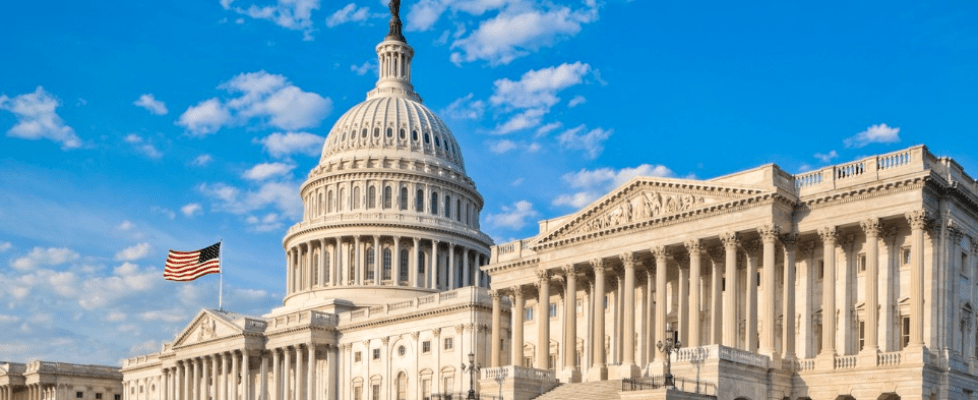Senate Approves Resolution to End COVID-19 National Emergency Declaration
On November 15, the Senate approved a resolution to end the national emergency concerning COVID-19 declared by the president on March 13, 2020. The resolution was approved by a bipartisan vote of 62–36, with 13 Democrats joining all present Republicans in voting for the resolution.
While ending the national emergency is different than ending the public health emergency (PHE), which is declared by the US Department of Health and Human Services (HHS), the two are related, as the PHE must be tied to another declaration. Should the national emergency declaration end (as intended in this Senate resolution), most current waivers would terminate. There are notable exceptions, however, where other pieces of legislation have enacted additional flexibility (including telehealth waivers), and where policy changes in HHS rulemakings specified that policy changes are tied to the PHE. Should the national declaration end but the PHE stand, such policies would continue until the end of the PHE. Should both the national emergency declaration and the PHE end, all waiver authority would cease.
The COVID-19 PHE, which is extended in 90-day increments, was most recently extended in mid-October, until mid-January 2023. The Biden administration has maintained a commitment to provide 60 days’ advance notice of any plans to end the PHE, and that 60-day mark recently passed with no indication that the PHE will end in mid-January. This indicates that the PHE is likely to be extended at least once more, through mid-April 2023.
Senate passage of this resolution will not have a tangible impact, as it is unlikely to be taken up by the Democratic-controlled House this year, and the president has threatened to veto it. However, the vote in the Senate demonstrates “pandemic fatigue” as well as significant bipartisan support for ending COVID-19 declarations, which suggests that the next presumed PHE extension through mid-April 2023 could be the last.

